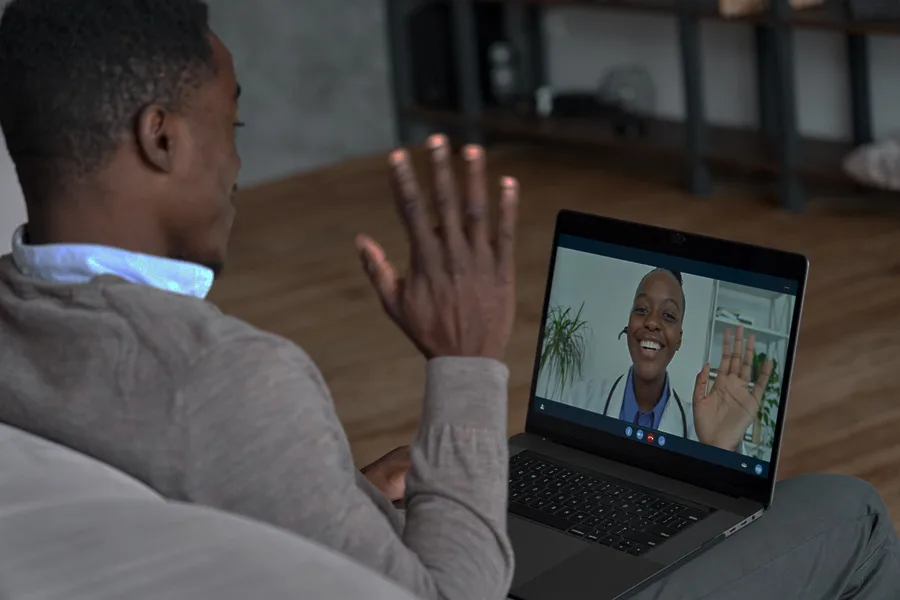Let’s be honest – the pandemic changed everything. Consumers and practices had to adjust to a completely new industry landscape.
Even as vaccines become widely available and practices reopen to full capacity, the way healthcare is delivered has permanently changed. In addition, people now view and approach health and wellness differently than they did pre-COVID.
Here’s a look at some of the ways the pandemic has changed healthcare.
The rise of telemedicine
If you didn’t have virtual technology to consult with or treat patients before March of 2020, now’s the time to establish it. Telehealth adoption skyrocketed during the pandemic, and it’s not going away with the return of in-person care.
Consumers who had treatments or procedures scheduled before COVID either postponed or canceled them. Consulting a doctor involved a telephone or computer screen.
As a result, many Americans adjusted to telehealth and have become comfortable with it, even though they may now visit a care facility. In fact, 74% of millennials – the largest segment of the workforce – would rather see a doctor via telemedicine.
Meanwhile, gyms and fitness studios closed, prompting health-minded consumers to embrace products and services they could use at home. These included workout equipment, online yoga, and exercise classes.
Mental health needs increase
Because of COVID restrictions, many people had to quarantine or limit contact with others. As a result, many felt isolated and stressed out.
During the pandemic, 4 in 10 adults in the United States reported anxiety or depressive disorder symptoms. Some put off seeking the care they needed. As a result, while restrictions have been lifted, many continue to suffer from mental health disorders.
At the same time, fewer domestic violence victims sought help or resources because they were isolated with their abusers. Advocates say in some areas, calls dropped by over 50%. They expect reported domestic violence cases to rise as COVID restrictions ease.
Safety counts more than ever
While an end to the pandemic is in sight, the public health crisis is not over. The Delta coronavirus variant, which originated in India, now makes up 25% of total active COVID cases in the U.S.
In order to thrive in today’s market, American medical practices must ensure the safety of their patients or risk losing them to competitors. A recent survey indicated one out of every four patients said if they feel their provider is handling COVID poorly, they’ll either wait at least a year to receive care – or never receive it.
In addition, two-thirds of patients indicated they were likely to switch to a new health system if their expectations were not met.
The bottom line for practices
Moving forward, experts predict that the most successful practices will offer both virtual and in-person care.
A hybrid care provider can cater to each patient’s specific needs. Some will prefer to use telemedicine for its convenience and cost savings, while others will want or need to visit an office or medical center to receive treatment.
Practices, too, benefit from this business model. For example, a provider can fit more patients into their schedule since a telehealth visit averages about 16 minutes, while an in-person visit takes 121 minutes.
LeadingResponse understands
As we’ve seen, the pandemic has changed healthcare in many ways. The team at LeadingResponse understands the challenges you’re facing, and we have the experience to help create marketing campaigns to connect you with qualified prospective patients.
Discover how we can help you promote your practice and increase your fee-for-service caseload.










